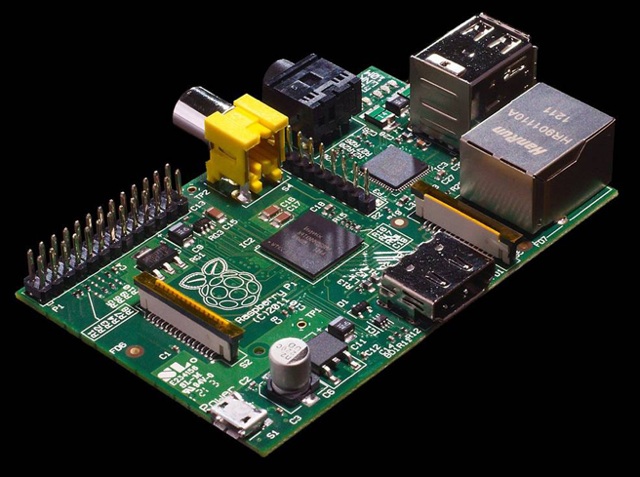
Here’s the inside perspective from Raspberry Pi – it’s the first time engineer Pete Lomas shares details with Wired of how they did it, and what tradeoffs had to be made.

Here’s the inside perspective from Raspberry Pi – it’s the first time engineer Pete Lomas shares details with Wired of how they did it, and what tradeoffs had to be made.

I came across this and wanted to share it. Its from Retronaut. Yes, that really is a counting frame next to the calculator. Take a look, there’s more of them.
Is this little thing the next BIG thing?
This tiny little ‘device’ is the Rasberry pi… a very small, very cheap basic computer. Response to the launch has been huge and it will be interesting to see where this little baby goes. I for one will be watching.
This is from Wikipedia:
In 2006, early concepts of the Raspberry Pi were based on the Atmel ATmega644 microcontroller. Its schematics and PCB layout are available for public download.[14] Foundation trustee Eben Upton assembled a group of teachers, academics and computer enthusiasts to devise a computer to inspire children.[15] The first ARM prototype version of the computer was mounted in a package the same size as a USB memory stick.[16] It had a USB port on one end and a HDMI port on the other. For more go here.
For more on the Rasberry pi go here.
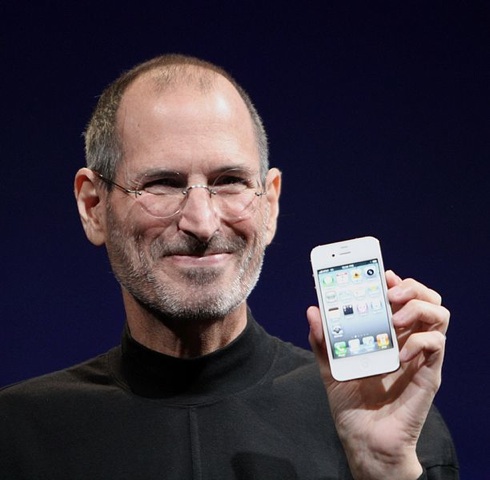
What can I say that others will be able to articulate far better than I ever could about Steve Jobs. I’ve been using computers inspired by his ideas and leadership since the 1980’s. To me Steve Jobs will be remembered as a genius and a visionary and the guy who enabled someone like me to understand and use computers for personal and business use with an ease that I’ve now taken for granted. Goodbye Steve, Rest In Peace.
Apple said his “brilliance, passion and energy were the source of countless innovations that enrich and improve all of our lives. The world is immeasurably better because of Steve”.
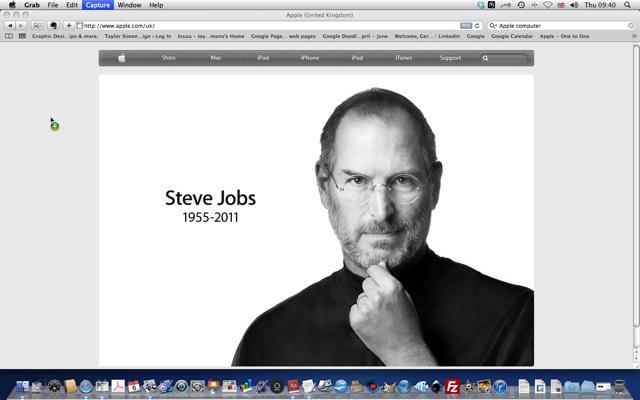
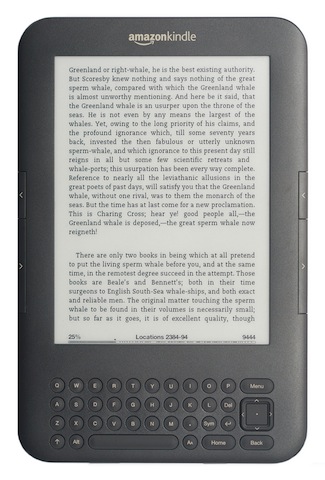
Library books via the Kindle in the US, will the service arrive in the UK any time soon?
Over on Wired is a report on Amazon’s April announcement that US owners of the Kindle will be able to borrow e-books from their local libraries.
Wired goes on to say:
It’s a good thing for readers, because they’ve got access to more free content. It’s a good thing (I hope) for libraries, who can reach or reconnect with a wide range of patrons in different media. (Let’s hope whatever deal they struck with Amazon doesn’t prove ruinous, or gets slashed back by budget-busting administrative and government crusaders.)
Over in The Guardian was a quote from the American Libraries Association:
A recent report revealed research showing that 72% of public libraries offer ebooks and 5% of American adults own an ebook reader. The ALA said that ebooks account for only a small percentage of borrowed items from most libraries, but they are the fastest-growing segment: the Chicago Public Library, it said, doubled its circulation of ebooks from 17,000 in 2009 to more than 36,000 in 2010.
I don’t know if Amazon has plans to introduce this facility via UK libraries and I wonder whether it would be a good thing for our libraries or not, particularly the way local libraries are currently facing such severe cuts. Maybe this is a way to provide libraries with much-needed revenue.
… and the BBC had this to say:
Nevertheless, the dominant position of Kindle in the e-book market is likely to raise the profile of library lending.
“I am in favour of anything that gives readers an opportunity to read more books via a library system,” said Phil Bradley, vice president of the Chartered Institute of Library and Information Professionals.
If any librarians reading this post have an opinion on this topic, perhaps you could respond to this post.
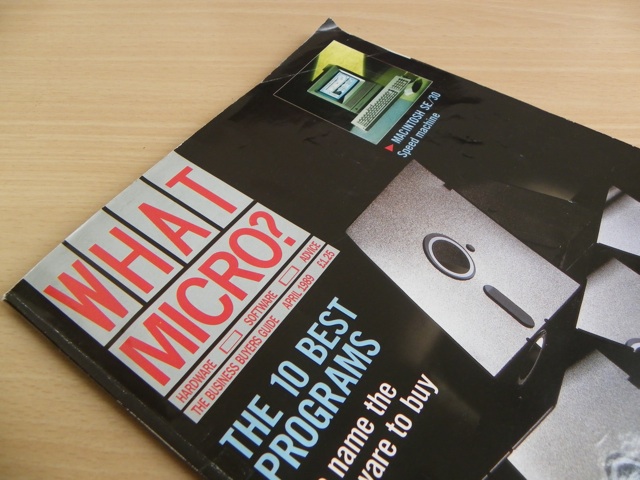
In my last post I wrote about how the Macintosh SE/30 was to become my first personal computer. A good friend who was a computer enthusiast and an article in What Micro magazine (see above) had helped me ‘see the light’ and now my mind was made up.
Back in 1989 the price for this model was a staggering £3,420.00 for the basic SE/30 4/20. I knew even back then that I would need more RAM for graphic work and so the 4/40 version was going to be the dream machine for me. (by the way that’s 40 megabytes and not gigabytes).
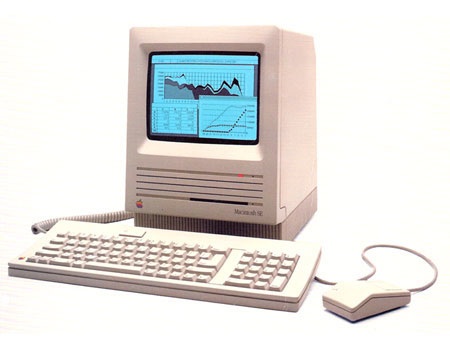
Although the Macintosh shipped with an elegant operating system (version 6.0.3) and with the wonderful Hypercard software, see my earlier post. I needed far more if I was to begin to use this kit professionally for graphic design work.

Aldus PageMaker was the software for the digital page layout at the time and early versions of Illustrator and Freehand existed but the costs were mounting and besides, a new player had emerged – QuarkXpress.
I took a long look at Quark and decided this was the package for me and along with SuperPaint and WriteNow this became my first computer-based electronic studio. A few extra Postscipt Type 1 fonts and a laser printer for proofing and that was it.
I could undoubtably buy a top spec Mac and throw in all the industry standard design software and peripherals for the same price that I parted with back in ’89 but nothing will replace the thrill of working with this kit back in those days. After producing graphic work with conventional equipment for years this really was akin to magic.
In case anyone thinks that all this expense and time spent teaching myself new techniques and mastering software was just for fun, it wasn’t anything of the sort. It was survival.
At the time there was talk of the end of graphic designers and that compositors would end up doing all our work. In the end the reverse was true. Choosing the right kit in the late eighties and early nineties was a matter of survival and I personally know of companies who went to wall after choosing the wrong equipment.

I came across the April 1989 edition of What Micro while moving things around from our studio to a second office we have recently acquired. At first I couldn’t work out why I had kept this dusty old magazine (although I’m pretty bad about hoarding stuff, just ask my wife). Then I caught a glimpse of the small image on the top left hand corner. A picture of a Macintosh SE/30. Even today I can still feel the nerd-like excitement that the image gave me. An ‘anorak’ moment.
With the news that Steve Jobs had just resigned as CEO at Apple this little piece of synchronicity got me thinking.
Flicking the magazine open I realized this was the original review that I had read on the SE/30 which had convinced me I needed to go out and get one. Back in those days I worked – like most others in our business – with a drawing boards, markers, pencils and all the traditional instruments of the graphic designer, including the ubiquitous Cow Gum. I had heard speculation of course but remained convinced that these new-fangled machines were strictly for computer geeks and not for me.
Then while visiting a friend who was interested in computers, he even built his own! Now that was impressive, particularly back in those days. (If you’re reading this you’ll know who you are). He also happened to own a Mac Plus. It was an epiphany. The all-in-one design, the graphical interface, the mouse. I was convinced – this was the future and I had to be a part of it.
More next time…
“We have a home up there, and we’re destined to be up there and we’re destined to go beyond low-Earth orbit, perhaps set up a colony on the Moon and go on to Mars.”
Chris Ferguson, commander of STS-135, ‘Final Space Shuttle Crew Profiled,’ NASA TV, 24 June 20
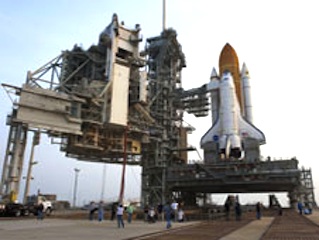
From the BBC:
The 135th and final space shuttle mission has lifted off from Cape Canaveral in Florida.
Space shuttle Atlantis was launched into history at 1129 local time (1529 GMT; 1629 BST) on Friday.
The 12-day mission will ferry 3.5 tonnes of supplies to the International Space Station.
Upon its return, the 30-year space shuttle programme will come to a close, with Atlantis and the other two shuttles retired to museums.
A few stats about the Shuttle missions:
135 missions (33 for Atlantis)
355 astronauts taken into space 1981
870000000km flown by the fleet
2.5 million moving parts on the shuttle and its boosters
The mission patch:

Whatever your views on the space programme, I hope you will join me in wishing the crew of the Atlantis well on their mission and above all else a safe return to earth.
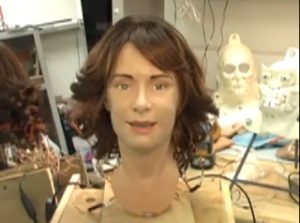
The Tanhauser Gate
I’ve seen things you people wouldn’t believe. Attack ships on fire off the shoulder of Orion. I watched c-beams glitter in the dark near the Tanhauser Gate. All those moments will be lost in time, like tears in rain…
Bear with me on this one, OK?
It all started yesterday while listening to classic fm in the studio. Wagner’s Tannhäuser was playing and although my taste in classical music leans more toward Vaughan Williams than Richard Wagner I do have a soft spot for this piece.
Later at home I wanted to find out more about Tannhäuser, both the piece of music and the knight and legend behind it. Wikipedia gave me the information I wanted but also led me in a strange sort of way to quote above. (See I told you to bear with me on this one).
The words are those spoken by the dying replicant, Roy Batty (Rutger Hauer), introspectively says the phrase, during a rain downpour, regarding his own death in the film Blade Runner by Ridley Scott.
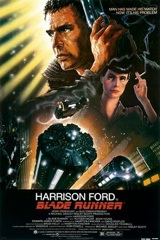
Now this reminded me of a TED talk by David Hanson of Hanson Robotics and the incredible work they are doing in the field of androids. (Are you still with me?) To quote from TED: “David Hanson merges robotics and art to design life-like, social robots that can mimic human expression and emotion.”
Well if you made it this far, thank you, you are very patient with my wandering mind. But to close this post here’s another quote, this one from Hanson himself.

“This moment is the Kitty Hawk of androids. We’re seeing the arrival of conversational robots that can walk in our world. It’s a golden age of invention.” David Hanson, in TIME

Back in the early 1960s, like many children, I was very excited and inspired by the Space Race. The very idea of space rockets, space men and journeys to the moon and near planets looked both possible and wonderful. Yury Gagarin’s first manned space flight was the stuff of legend and fired my young imagination. The future of space travel looked truly bright back then, at least from the point of view of one small child.

Yury Gagarin was born in the village of Klushino near the town of Gzhatsk in the Smolensk Region on 9 March 1934. Gzhatsk was renamed Gagarin in 1968 in his honor. His parents, Aleksey and Anna, worked on a collective farm, and, though generally considered heavy manual laborers, were educated and intelligent people. Gagarin’s mother was a well-read woman; his father, a carpenter, preferred to be discreet about his skills to avoid Stalin’s purges against private proprietors. As his parents spent most of their time at work, Gagarin owed much of his upbringing to his elder sister.
On 12 April 1961, Gagarin became the first human to fly into space. At 9:07 am, he was launched into orbit aboard the Vostok 1 spacecraft from the Baikonur Cosmodrome in Kazakhstan. Every move he made and every word he said that day was to become legendary and sacramental. When responding to the ground control if he was ready, he said, “Poekhali!” meaning “Let’s get going!/Off we go!” in Russian. During his flight, Gagarin famously whistled the tune of the traditional aviation hymn, “The Motherland Hears, The Motherland Knows.” The first report he sent to the ground control was, “The earth is blue. […] How wonderful. It is amazing.”
From Russiapedia
On 27 March 1968, while on a routine training flight from Chkalovsky Air Base, he and flight instructor Vladimir Seryogin died in a MiG-15UTI crash near the town of Kirzhach. The bodies of Gagarin and Seryogin were cremated and the ashes were buried in the walls of the Kremlin on Red Square.
From Wikipedia

“My basic idea is that the world has changed so much, what people need isn’t more data but a new mindset.”
Hans Rosling

A companion website to a book Google sent out to a small number of it’s customers, Think Quarterly is a well designed and interesting on-line site dedicated to information and how to handle it. (Well it would be). A number of articles may be of interest generally but the one that grabbed by attention was a piece by Hans Rosling.
This is a brief extract:
But even when people act within a fact-based worldview, they are used to talking with sterile figures. They are used to standing on a podium, clicking through slide shows in PowerPoint rather than interacting with their presentation. The problem is that companies have a strict separation between their IT department, where datasets are produced, and the design department, so hardly any presenters are proficient in both. Yet this is what we need. Getting people used to talking with animated data is, to my mind, a literacy project.
For more on Hans Rosling – this from Wikipedia:
Hans Rosling (born 27 July 1948) in Uppsala, Sweden is a Swedish medical doctor, academic, statistician and public speaker. He is Professor of International Health at Karolinska Institute and co-founder and chairman of the Gapminder Foundation, which developed the Trendalyzer software system.

“It’s very easy to be different, but very difficult to be better.”
Jonathan Ive
English designer and the Senior Vice President of Industrial Design at Apple Inc. He is the principal designer of the iMac, titanium and aluminum PowerBook G4, MacBook, unibody MacBook Pro, iPod, iPhone, and iPad.
An intelligent quote from Jonathan Ive and just one of many that can be found on a very interesting and beautifully elegant site QV or Quote Vadis.

If anyone tuned in on Friday for ‘Thought for Friday’ I’m sorry I didn’t post. It wasn’t that I didn’t have a thought, it’s just that I was away from home and was somewhere with no internet access. No browsing, blogging, facebooking or twittering. Life without the net.
It gave me the idea for this post. What do I miss most when I’m without the net? I have to admit I was very busy and didn’t have lot of time anyway.
I know a few people, younger than me, who say they can’t live without Facebook or Twitter etc and having access via their expensive mobile phones means they are almost never without their ‘fix’. My phone is a humble affair and internet browsing is beyond it’s simple design. So, being away from my laptop, what did I really miss the most?
After giving it some thought,I felt that Facebook and Twitter could be left for while and my news fix arrived via BBC News 24. I knew my email would be building up but it was just for a few days and I could catch up. I had little time to write, so researching via Google or Wikipedia wasn’t an issue. No I was fine without all of this for a while.
I realised (with some surprise) that what I really missed was catching up on the blogs I follow and I was itching to post something on my own. So I guess this is becoming a little addictive.
My question to anyone out there is what would you miss the most without the net?